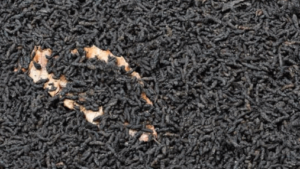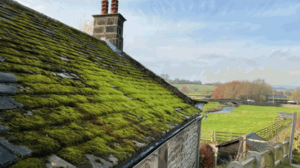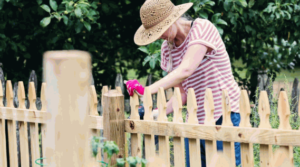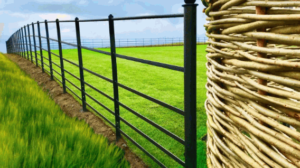Painting new plaster is tricky. Before starting, it’s important to give the freshly applied plaster time to dry and settle. Patience is a must for achieving a flawless finish.
The plaster needs to dry thoroughly for four weeks, but drying times can vary based on temperature and ventilation. If painted too soon, peeling or uneven colors may occur.
An old wives’ tale suggests whitewashing instead of paint for the moisture to escape more easily. Consult professionals or research this technique before trying it.
Ancient civilizations used pigments and techniques for painting freshly prepared plaster. Ancient Egyptians used natural dyes from crushed minerals and animal fats as binders. These beautiful colors showed their artistic abilities and served symbolic purposes in their culture.
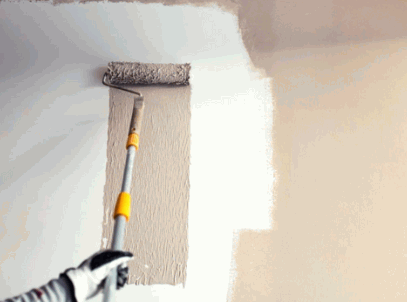
Understanding New Plaster
| Aspect | Explanation |
|---|---|
| Drying time | New plaster needs 2-3 days to dry. Wait until fully dry before painting. This prevents moisture-related issues. |
| Surface Preparation | Make the surface smooth and clean. Sand lightly for better paint adhesion. |
| Sealing | Apply a mist coat or primer before painting to help seal the surface and prevent paint from being absorbed too quickly. |
| Maximum moisture content | Moisture content should not exceed 5%. Use a damp meter to check if it’s ready for painting. |
Low sheen or flat paints are best for new plaster. They hide imperfections better than high gloss paints. Water-based paints are also better than oil-based ones. They allow the plaster to breathe and reduce cracking.
Follow these tips for successful painting:
- Allow enough drying time.
- Invest in high-quality brushes and rollers.
- Apply thin layers of paint.
- Follow the manufacturer’s instructions.
By understanding new plaster and following these suggestions, you can get fantastic results! So, take your time, prepare the surface, and choose the right paint.
Dig Deeper: How To Fix Plaster Wall Hole
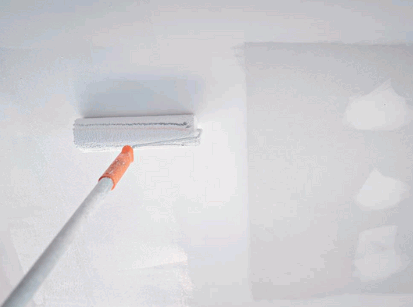
Importance Of Waiting
New plaster needs to be dried before painting. Waiting is important to avoid cracks, peeling, and other issues. Rushing can lead to a bad finish and extra costs. Waiting is an investment in the walls’ look and durability.
If you paint too early, trapped moisture may cause blisters and damp patches. The plaster must be properly dry for the paint to stick. It can take days to weeks, depending on the humidity and plaster thickness.
Pay attention to discolored or darkened parts; they mean moisture is still present. A moisture meter can help you check. And don’t forget to apply a mist coat of diluted paint to the dry plaster. This seals the surface and helps the paint adhere. Patience is the key to perfect freshly plastered walls.
How Long To Wait Before Painting New Plaster
Painting new plaster? Don’t rush it! Here’s a 6-step guide to perfect painting.
| Allow sufficient drying time – 2-3 days per mm of plaster thickness. |
| Monitor moisture levels – keep it below 5% with a moisture meter. |
| Prepare the surface – look out for cracks and smooth out bumps. |
| Apply primer – enhances paint adhesion and even finish. |
| Choose the right paint – specially formulated for new plaster. |
| Test patch – assess how well the paint adheres and dries. |
| Patience is key – avoid disappointing outcomes and rework. |
Different plasters require different considerations – check manufacturer guidelines.
Painting too soon? Subpar results and long-term issues. So, follow the steps and allow proper drying time.
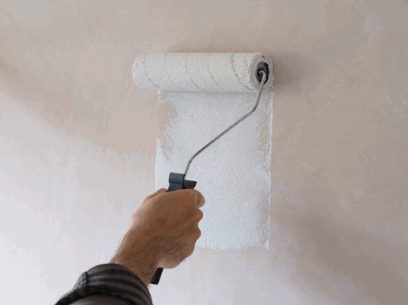
Preparing The Plaster Surface For Painting
For a flawless painted finish, preparation of the plaster surface is essential. Here are the steps to ensure your plaster is ready for painting:
- Use a brush or cloth to remove any debris or dust from the surface.
- Fill in cracks or imperfections with a suitable filler. Make sure it is dried and sanded smooth.
- Apply a sealer or primer to the plaster. This strengthens adhesion and prevents moisture from interfering with the paintwork.
- Sand the entire surface lightly with a fine-grit sandpaper.
- Wipe off all dust particles with a damp cloth, then apply your chosen paint color.
Remember to follow these steps precisely for optimal results. Additionally, it is essential to note that new plaster takes around four weeks to dry before painting can begin. HomeAdvisor advises waiting at least four weeks before painting new plaster surfaces to avoid issues such as peeling or cracking.
Now that you have the information on preparing and timing new plaster for painting success, you can start your project with confidence and get professional-looking results that will last.
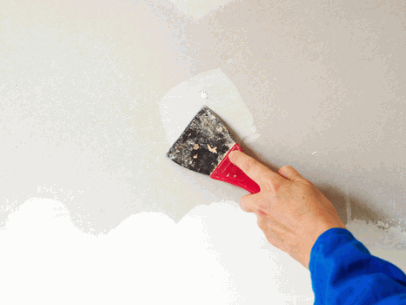
Choosing The Right Paint For New Plaster
For a better finish and greater durability, invest in higher-quality paints rather than cheaper ones. When selecting paint colors, keep in mind that dark colors may need multiple coats. Lighter shades can make rooms appear larger.
Before painting newly plastered walls, they should be fully dry, which typically takes around four weeks. To ensure a flawless surface, remember to give walls a quick sanding.
When applying primer, use one specially designed for new plaster. This helps the paint adhere better and prevents peeling or flaking.
Water-based paints are best for new plaster; they dry faster and let the plaster breathe, reducing the risk of cracking. Choose matt or silk finishes, as they hide imperfections better than glossy ones.
Look for paints with anti-mold properties, especially for damp areas like bathrooms or kitchens. Washable paint is great in high-traffic areas or homes with children or pets. It allows for easy cleaning.
By following these tips, you can enhance the beauty of your newly plastered walls and ensure their longevity.
Step-By-Step Guide To Painting New Plaster
Painting new plaster can be tricky, but with the right steps, it’s possible to get a perfect finish. Here’s a simple guide:
- Let the plaster dry fully. This step takes about four weeks, so patience is important! Skipping this will cause paint problems.
- Clean the area. Before starting, get rid of dust and debris with a dry brush or vacuum.
- Apply a mist coat. This is a diluted emulsion used as a primer. Mix one part water and one part emulsion, and paint the whole surface.
- Choose breathable paint. Paint made specifically for new plaster allows moisture to escape, avoiding future issues.
- Paint in sections. Cut in around the edges and corners with a brush, then use a roller for larger areas. Allow each coat to dry before moving on.
Pro tips:
- Test the paint color on a small, hidden area of the plastered surface before painting.
By following these steps, you can paint new plaster with ease and get stunning results that will last.
Tips And Precautions For Painting New Plaster
Painting new plaster takes patience. To get the perfect finish, there are a few tips to keep in mind:
- Firstly, let the plaster dry completely. This could take up to four weeks, depending on the climate.
- Prime the surface before applying paint. Primer seals the plaster and helps the paint stick. Use a good quality one made of new plaster.
- Choose a breathable emulsion paint. This helps prevent issues like blistering and peeling.
- Clean the plaster with a damp cloth or sponge. Dust and debris can stop paint from sticking.
- Test a small area first to make sure the color is right.
With proper preparation and precautions, painting new plaster will be a success!
Conclusion
Careful consideration is key when painting new plaster. Patience is required, as is proper prep. Drying time is vital. Wait at least four weeks before painting. Ensure a well-ventilated room and ample airflow to speed up drying. Inspect plaster for moisture and dampness.
Once four weeks is up prime walls with suitable primer before the final coat. This creates a smooth surface and improves adhesion. For optimal results, consult a professional painter. Their advice will help you achieve an impeccable finish.

